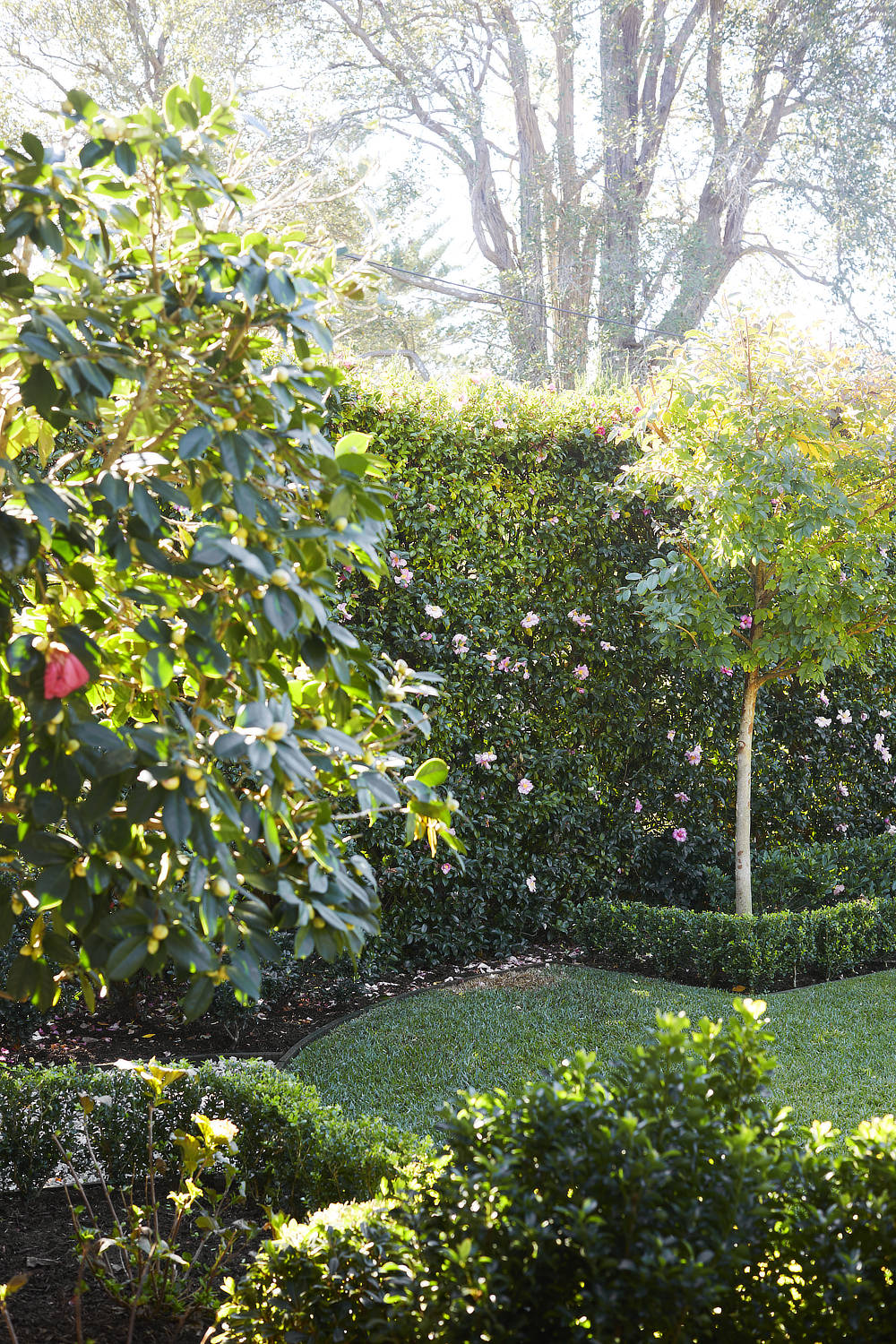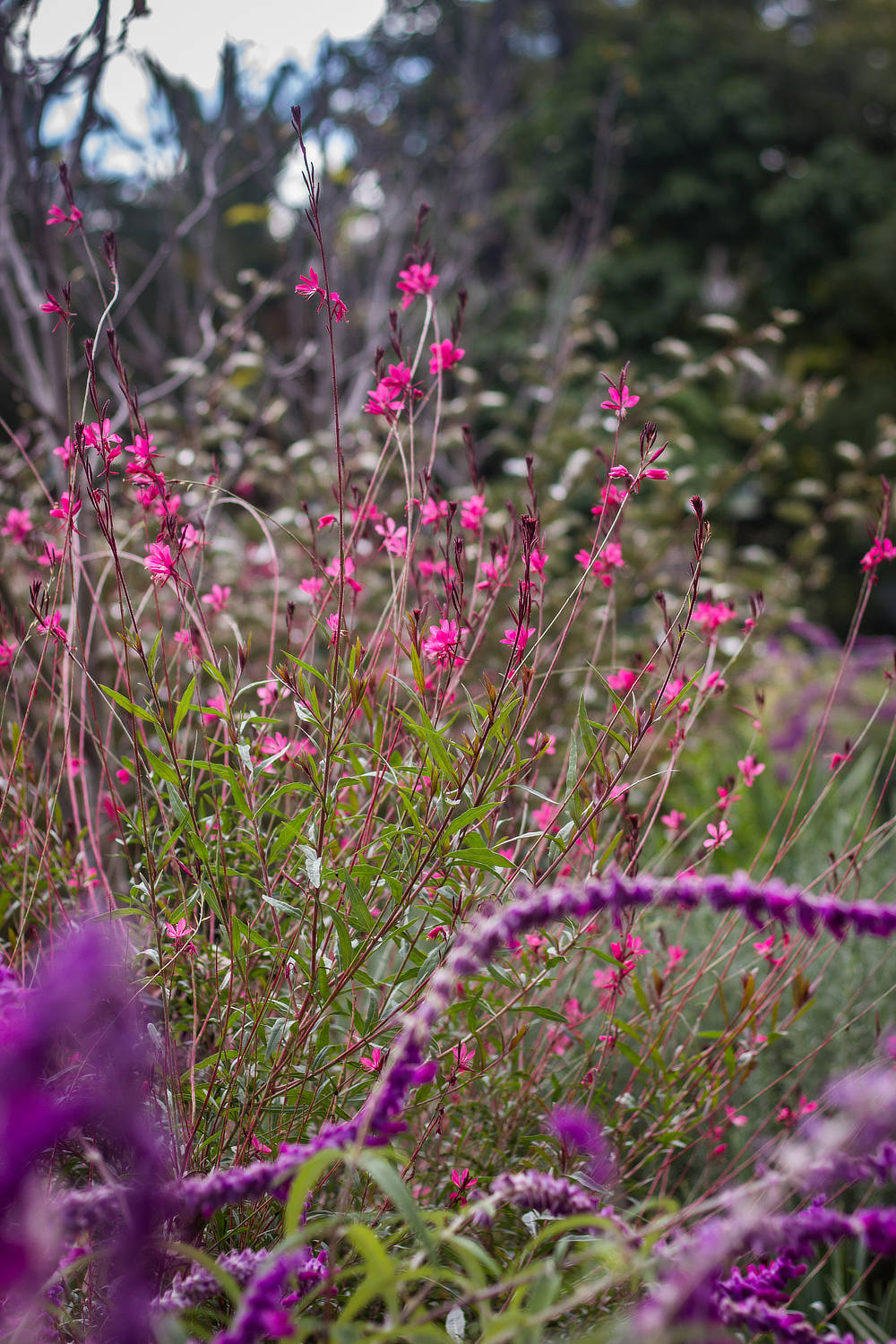There are elements of the built landscape or home, such as masonry walls, that can increase the heat and intensify it greatly making it even more difficult to sustain life. Masonry, be it bricks or concrete heat up and store the heat for a long period of time – perfect for thermal mass heating when used on a house but terrible if you pick the wrong plants to live next to it. So, what will work? Well, I have the answer:
If you are trying to cover a large fence or wall, then bougainvillea is hard to beat. You will need a structure or some wires for it to climb on but its fast growing, dense and incredibly hardy. These plants have very small inconspicuous flowers that are hidden by big bright colourful bracts, (leaf adaptations). They come in a huge variety of colours including purple, pink, red, yellow, orange and white. Pruning Bougainvillea can be a little bit of a prick, thanks to the large thorns along the stem so wear long leather gloves to protect your hands and arms.
The native Hop bush Dodonaea viscosa is a great option for a heat loving upright shrub. I personally love the purple variety as it helps to lessen the effect of the harsh Australian sun on the eyes. With the right pruning this shrub can be trimmed into a formal hedge or a conical topiary shape too making it versatile to different styles of garden.
Tall succulent plants are an obvious choice to plant against a wall however not all of them like scorching hot sun and the additional heat form the wall. Euphorbia ingens is a classic example of this where too much sun and heat will cause them to burn forming bruises and scabs on the stems. Go for plants such as Cleistocactus strausii, the silver torch cactus or Euphorbia ‘Cowboy’ as they can take all the heat the sun has to offer. Remember when using tall thin cactus like these to address what the wall behind looks like as a lot of it will still be seen so you want a colour that off sets the form and colour of the succulent.
Rosemary has to be one of my favourite plants as it just loves hot sun, heat and free draining soil. It’s also great in the kitchen and releases its aroma when you brush past it so can be utilised in many areas of the garden. Rosemary doesn’t like humidity, although it works well by the ocean so if this is an issue for your area leave the plant to its natural shape rather than clipping or pruning it into a hedge or structured form. If you are trying a combination of plants against a hot wall try the prostrate rosemary as a ground cover beneath another heat lover on this lest.
My final suggestion is good old-fashioned Lavender. Lavender, like so many ‘Nanna plants’ is making a comeback! When plants become trendy again its normally because they are good doers and perform well. Lavender is known for its fragrant foliage, classic purple or pink flowers and its love of heat, which works well as this is what releases the best aroma from the plant. I like to use a variety called ‘Avonview’ as I have found it’s the most versatile and easy to grow. I plant it next to a path so the fragrance can be truly appreciated.


